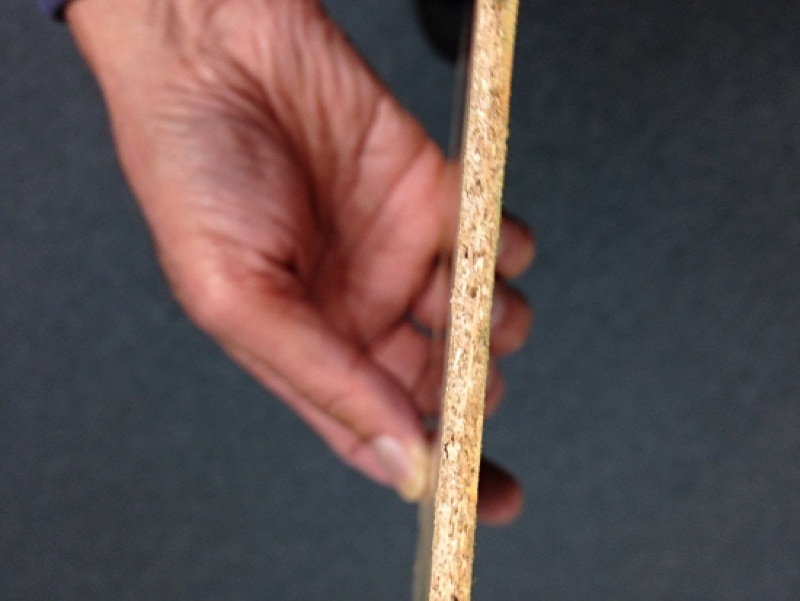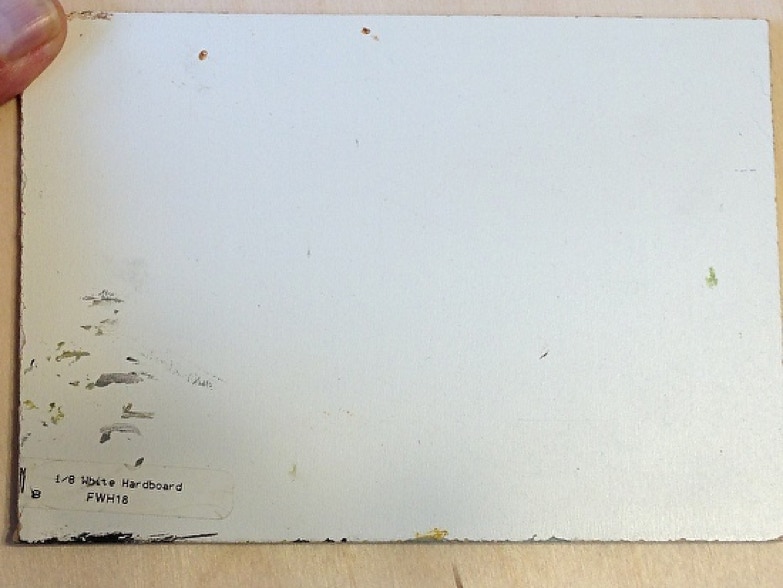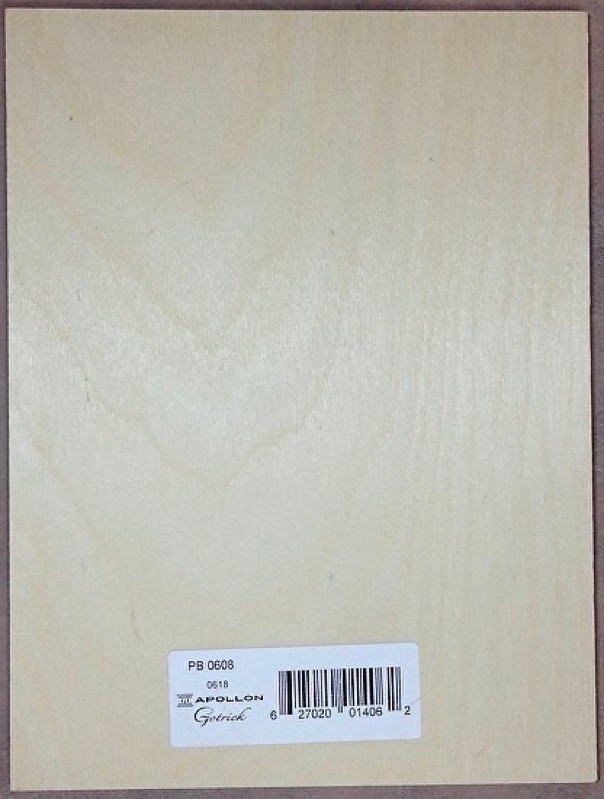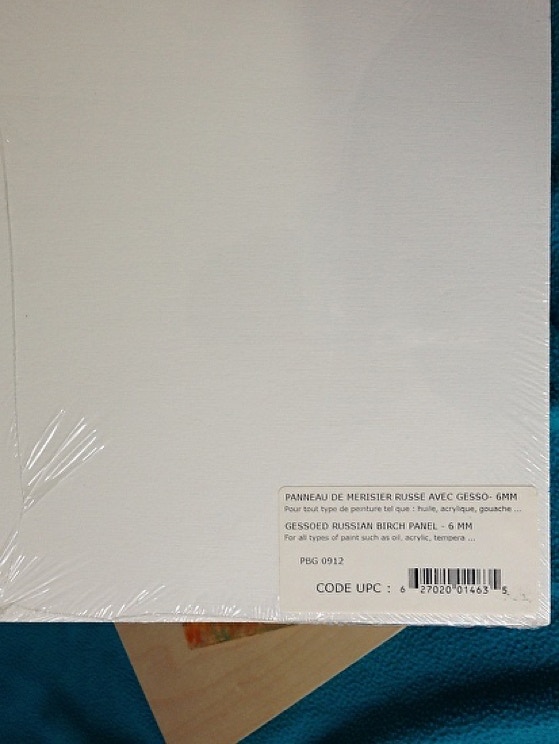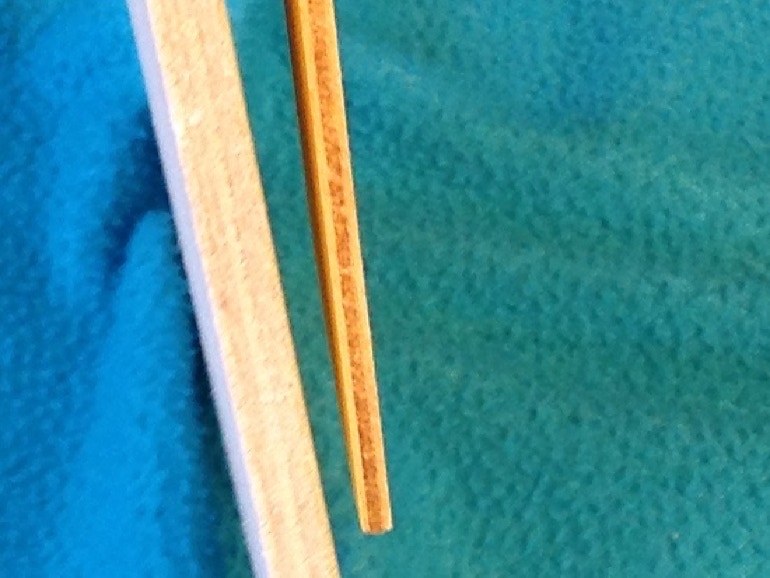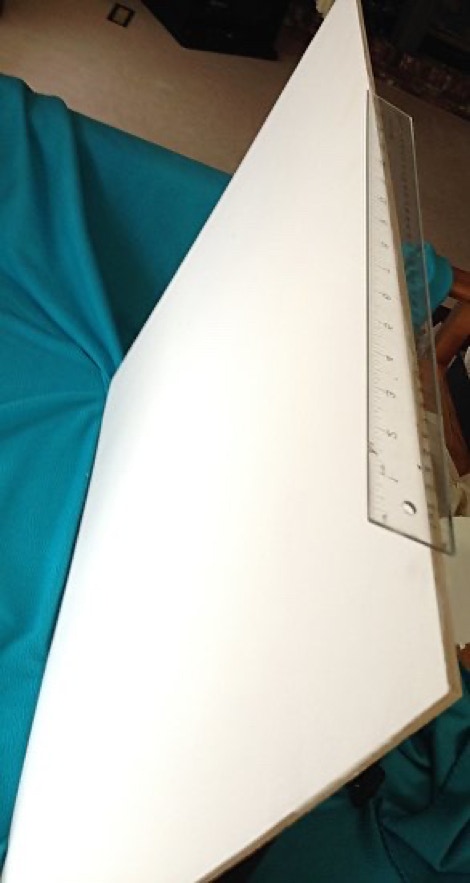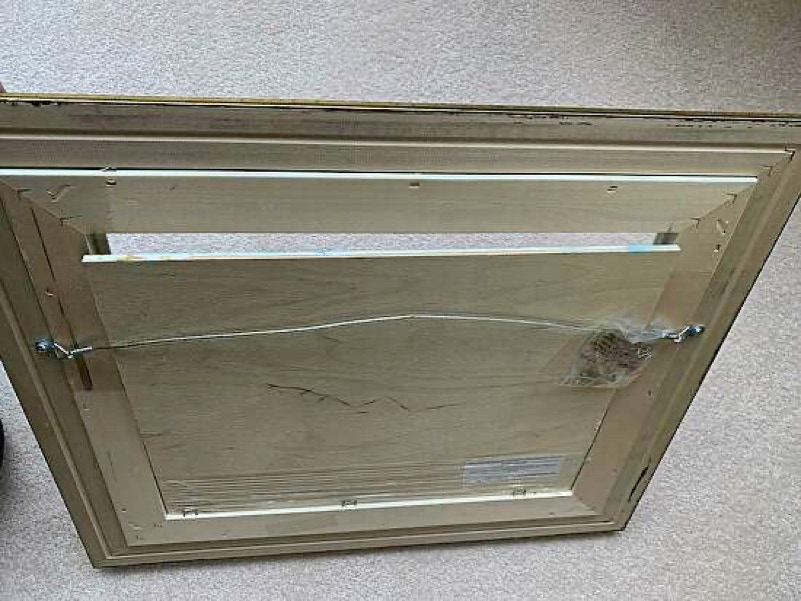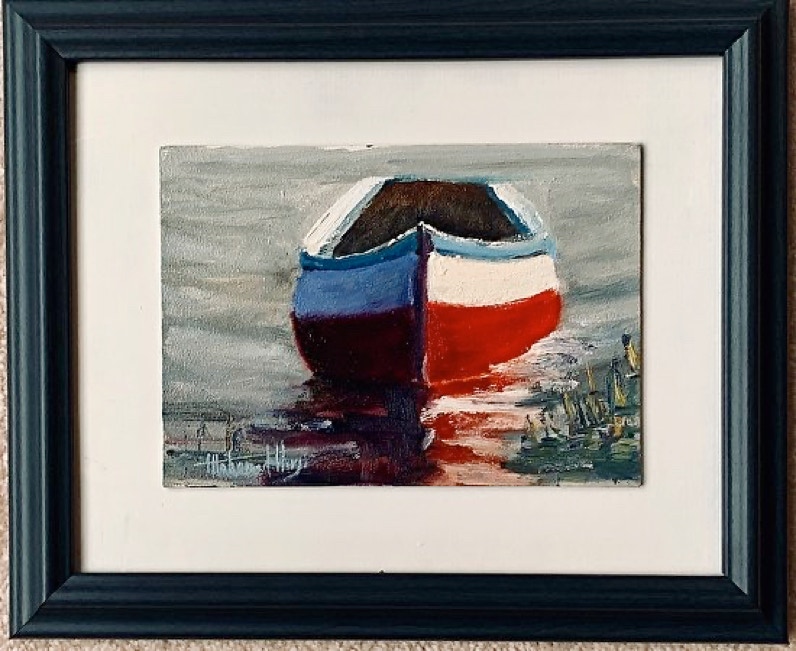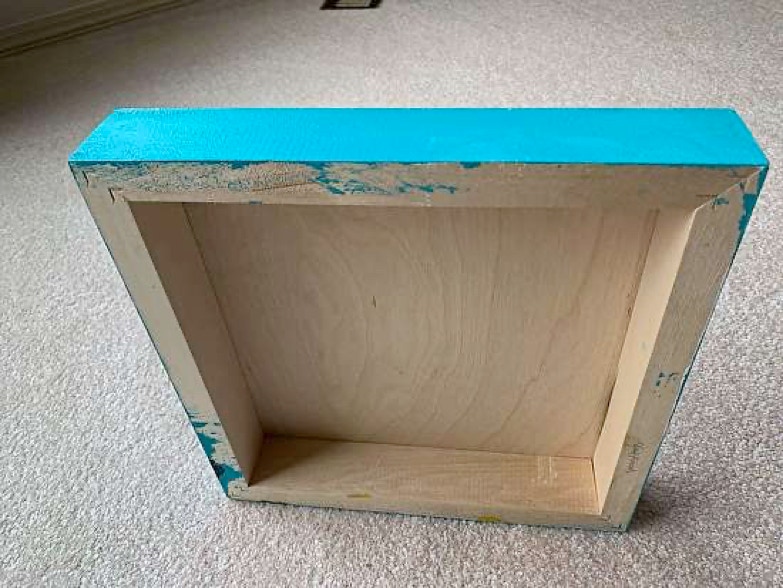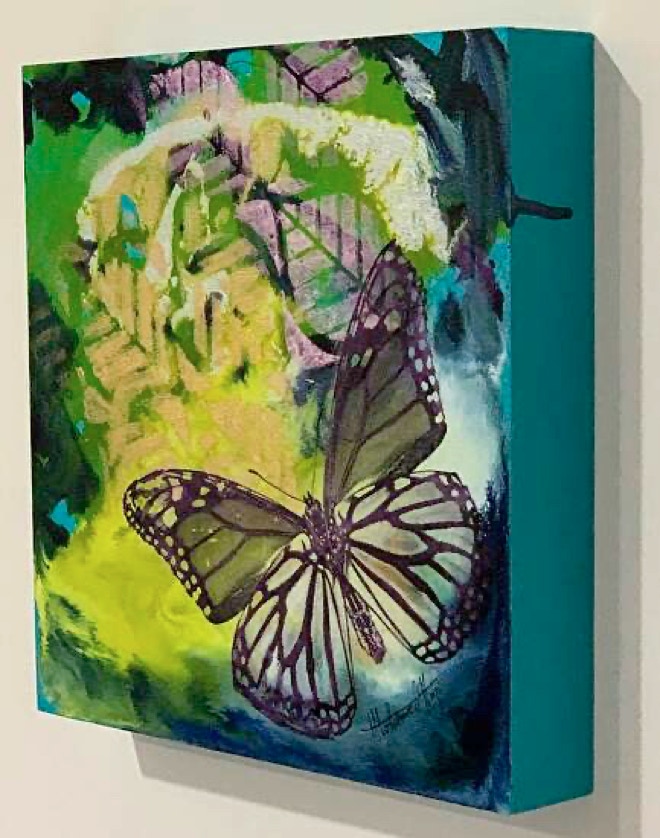I was glad to receive a few comments regarding the last blog post. In summary, the readers commented that even though they were not artists who would purchase these products, they were now better informed on the topic which would help them choose the appropriate substrate when they shop for original art pieces.
We discussed the canvas board on the last blog.
Today I will concentrate on the pre-primed hard board panels. especially the popular Russian Birch Panels.
These hard board panels are pre cut sheets of wood or wood derivatives, commonly Russian birch plywood, masonite and even particle board.The panels are sold pre-cut to standard sizes and are pre-primed with Gesso or have canvas or linen glued to the surface. Of these the Russian birch is probably the best. All wood based products have to be sealed to prevent acids and resins from the wood seeping on to the painting and destroying it
Amongst these, the particle board panels (also known as chip board) are the worst. The tiny wood fragments are bound together by lots of glue and chemicals. These chemicals are bound to degrade the paintings. Most artists use them for small studies.
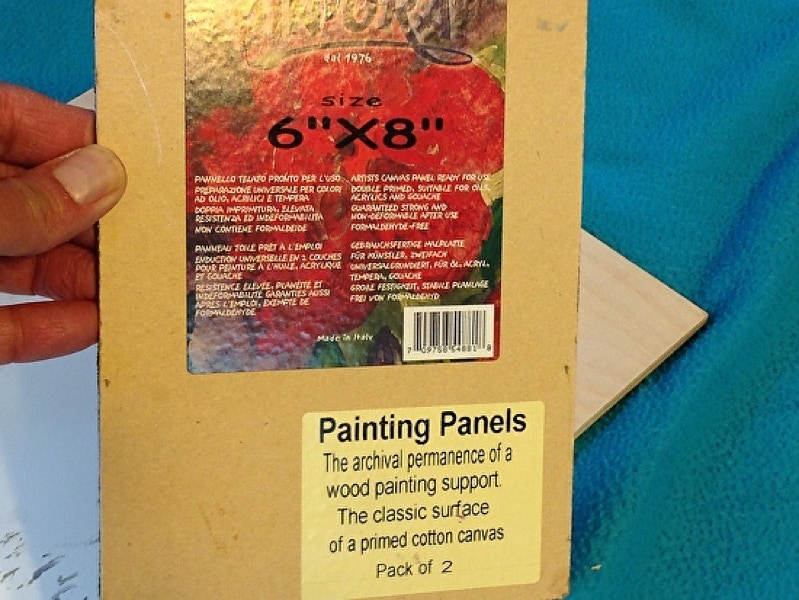
An Example Of Panel Made With Particleboard (chipboard)
